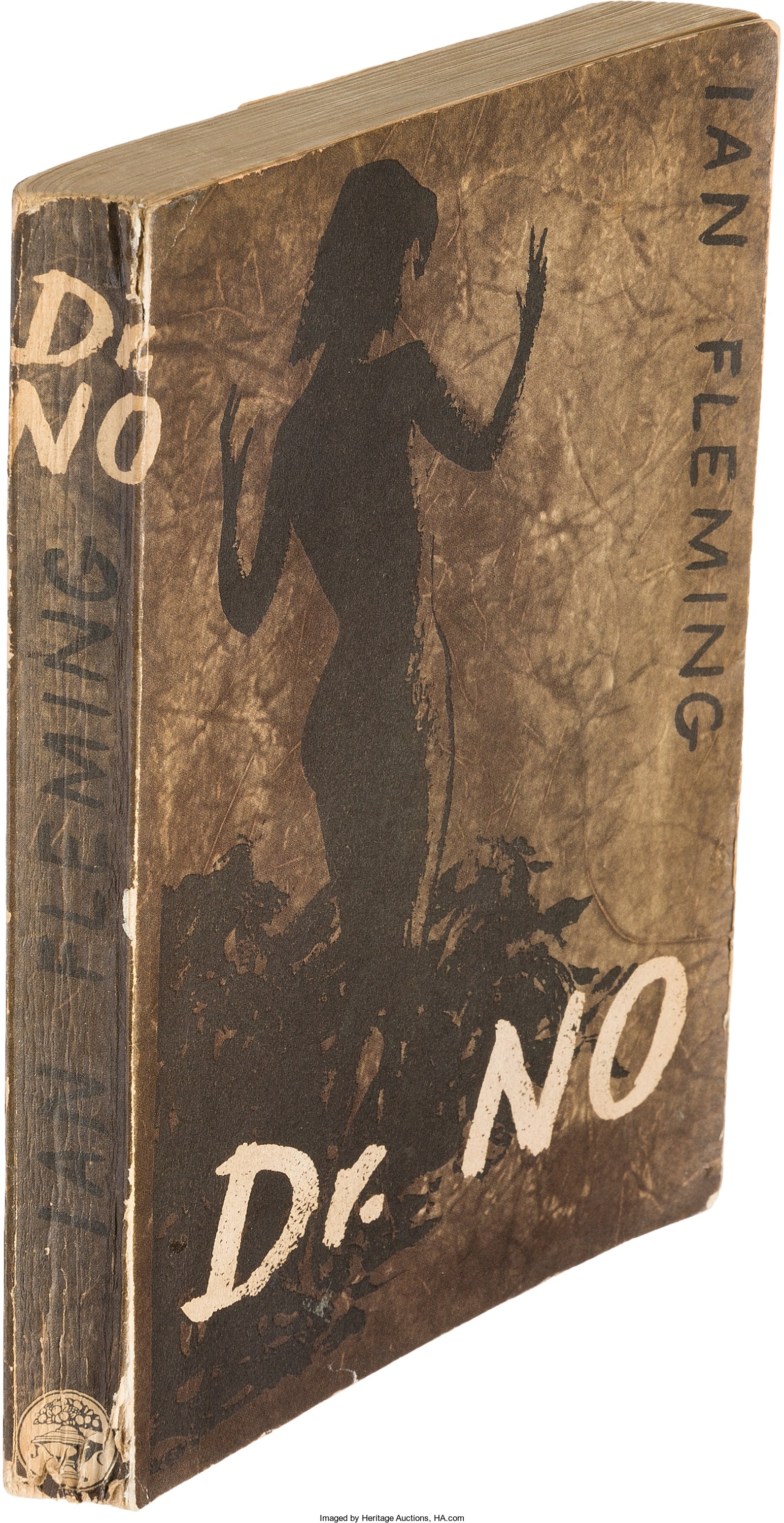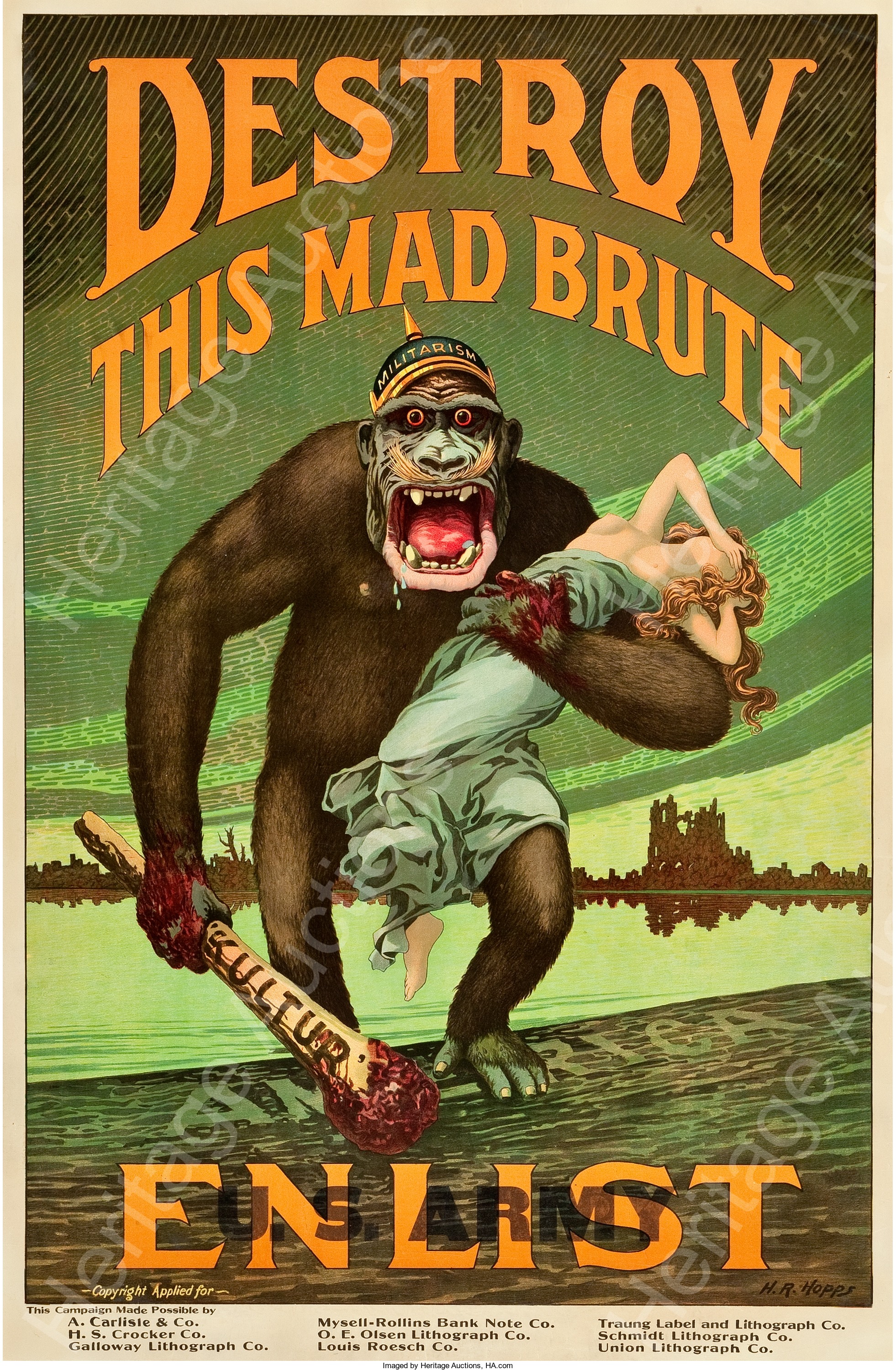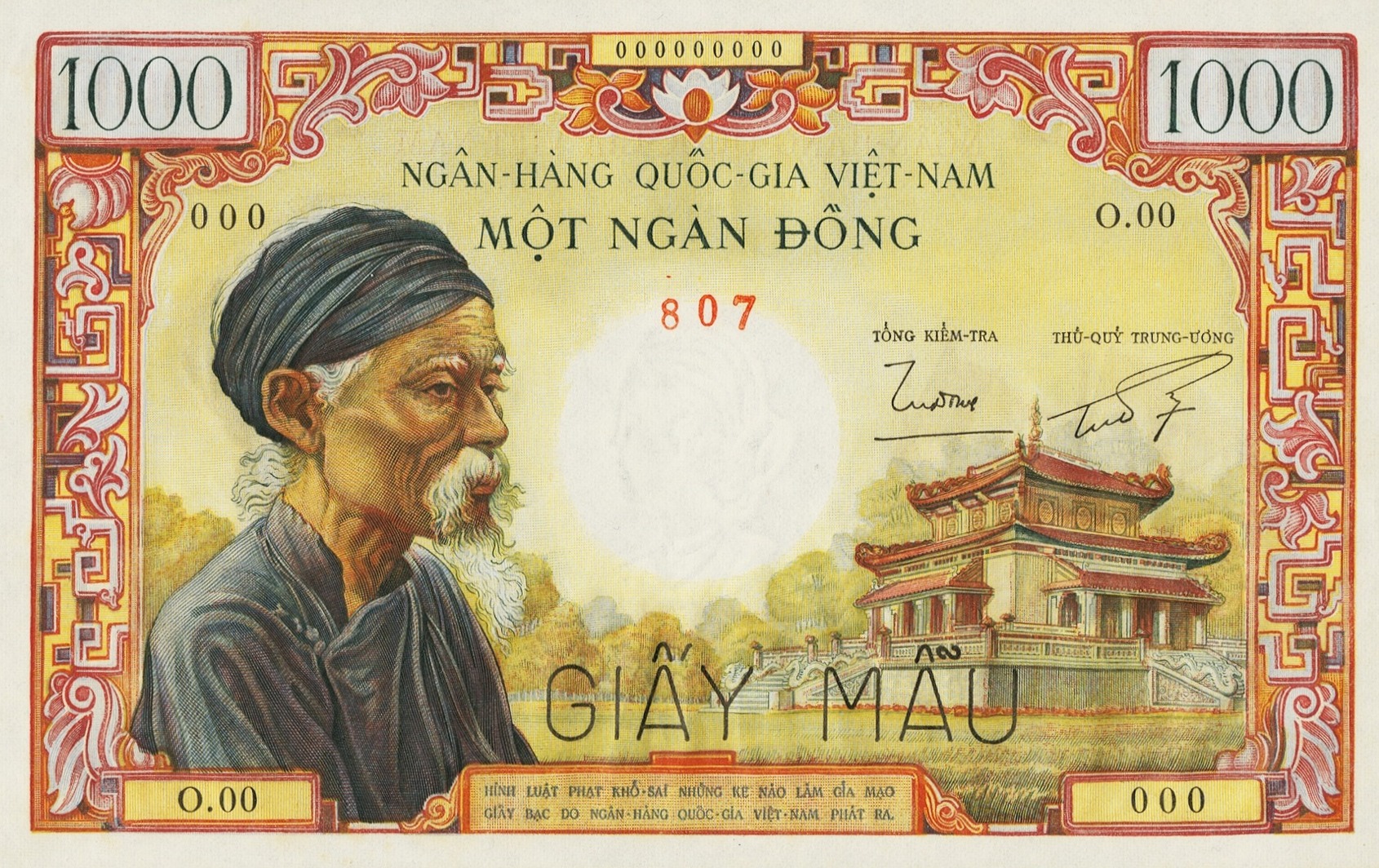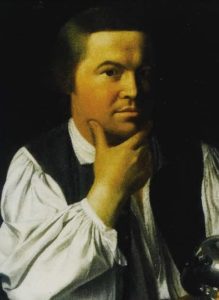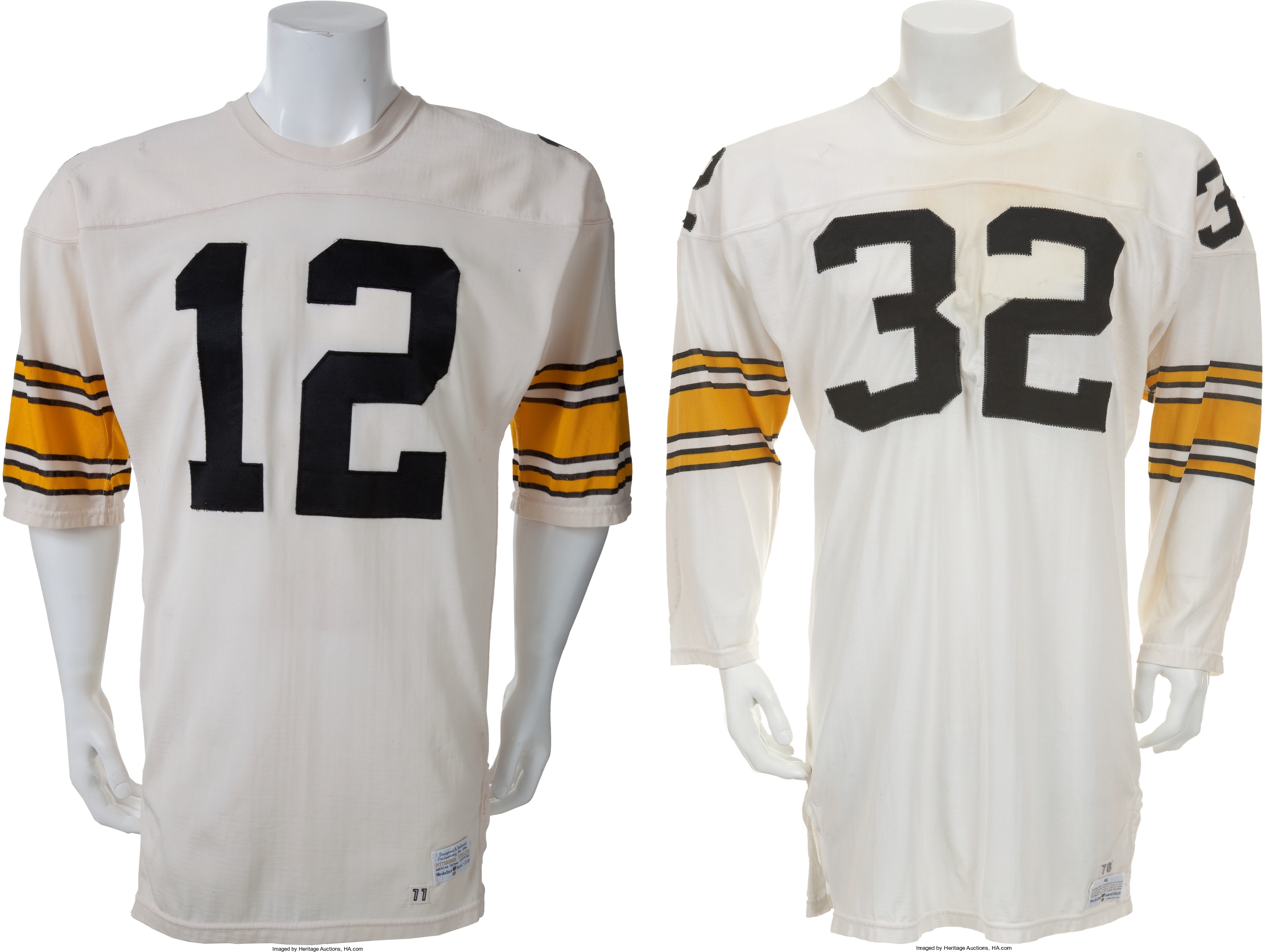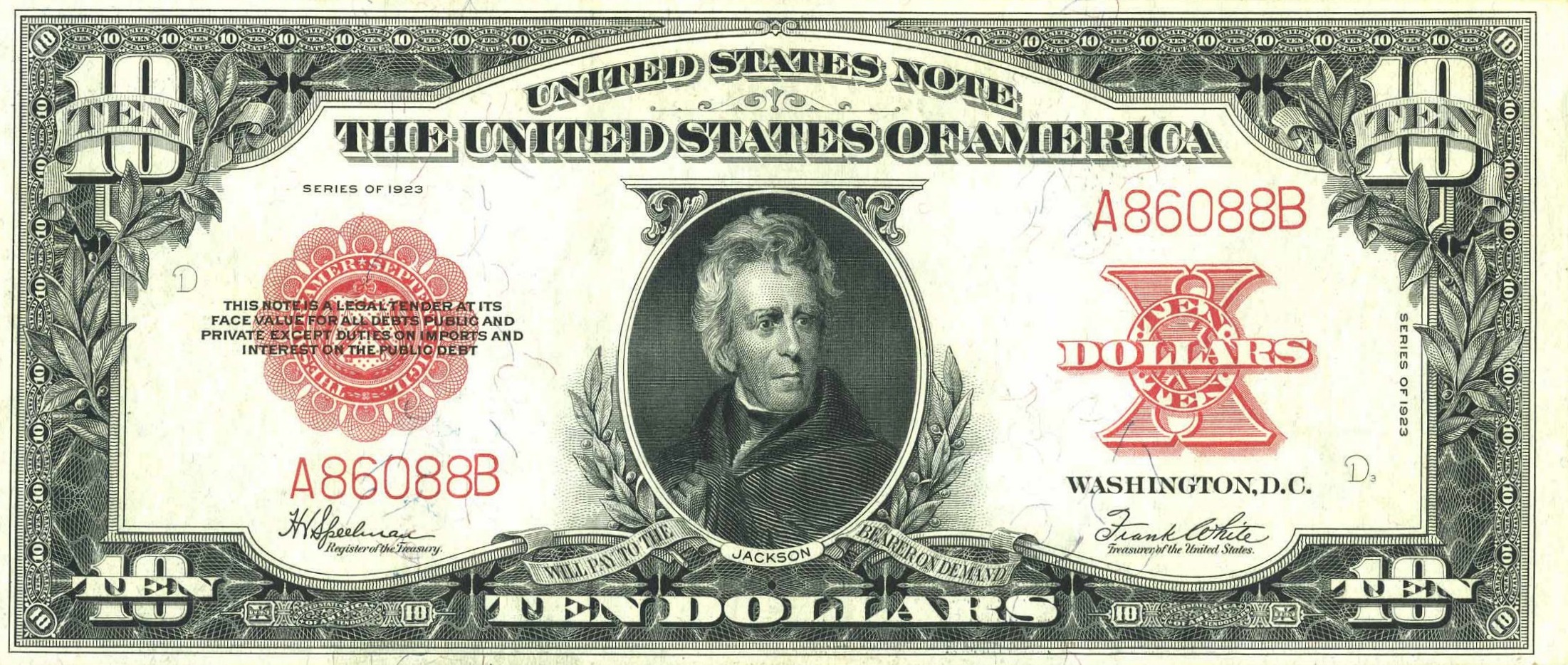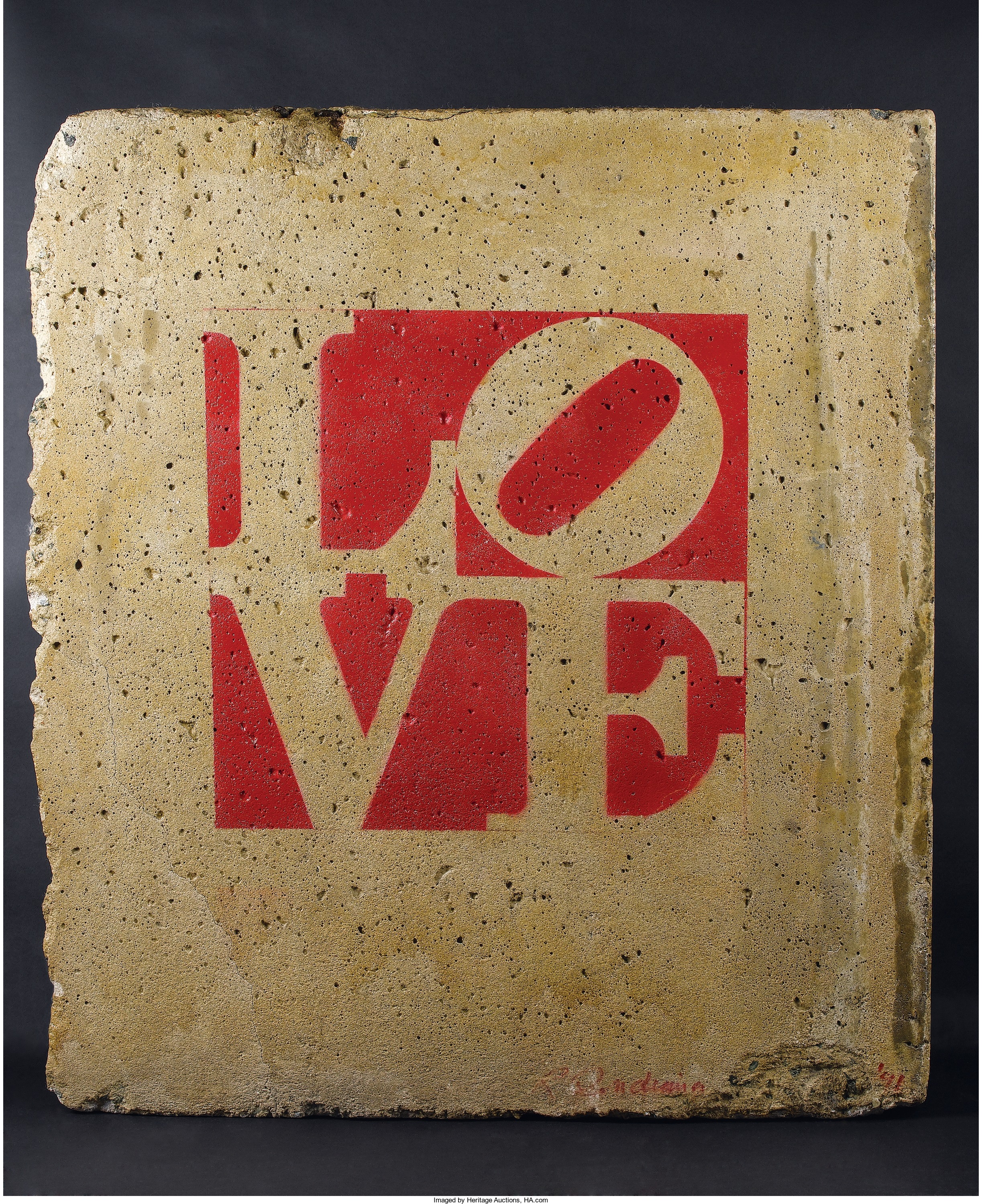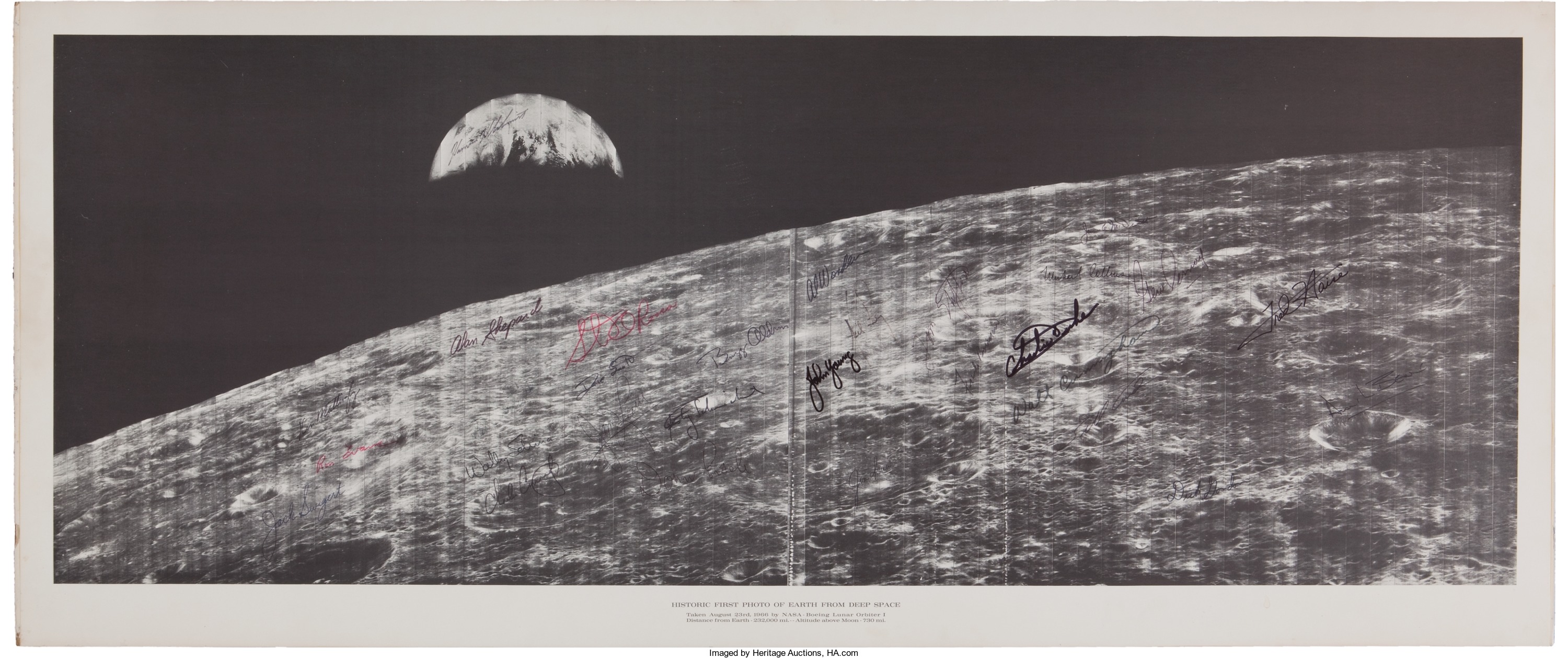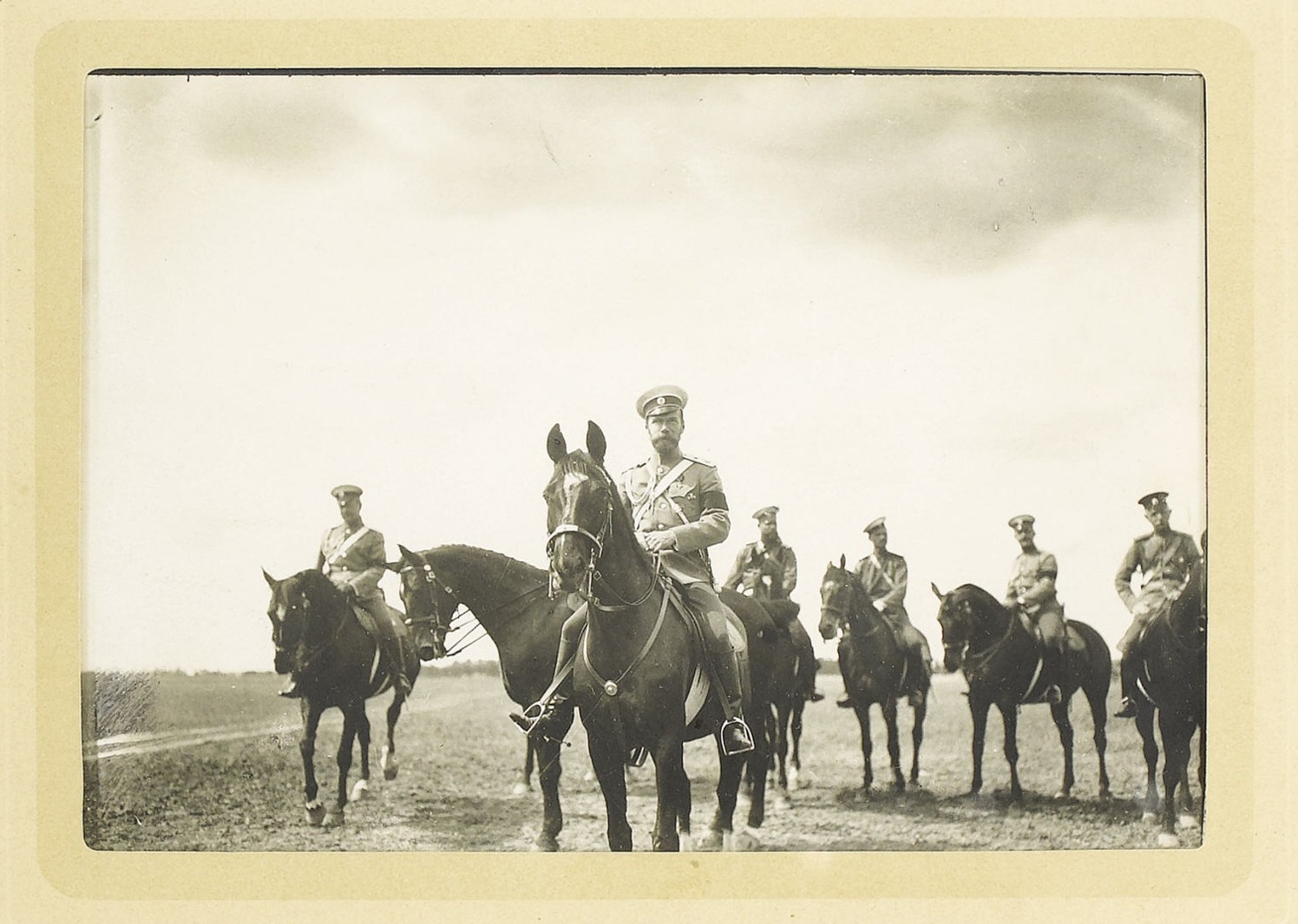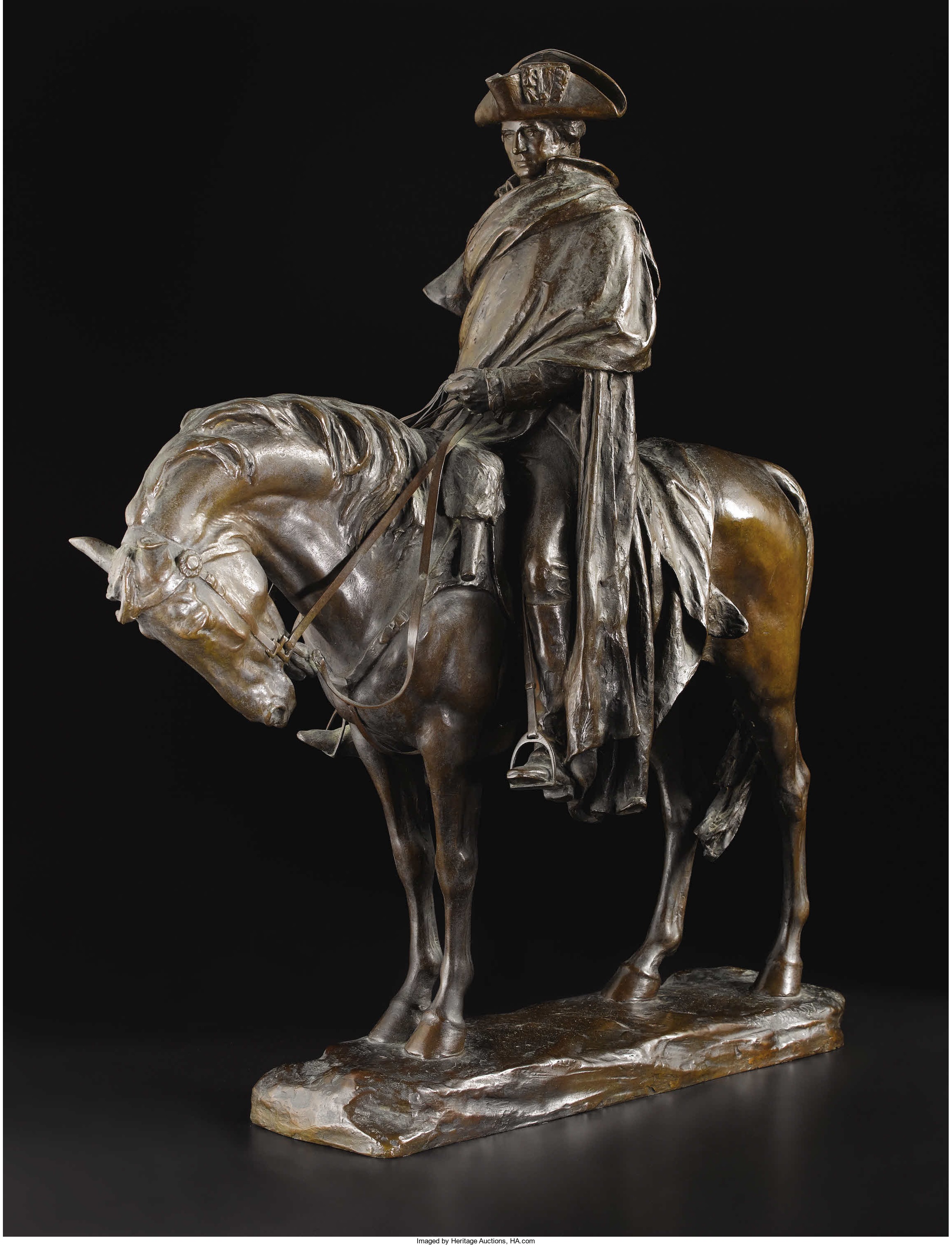
By Jim O’Neal
It had been a long war and George Washington was both tired and relieved to be returning to his plantation in Virginia for a well-deserved retirement. Mount Vernon was badly in need of his full-time attention and his finances were frayed.
However, he was apprehensive about a central government that consisted of a chaotic, ramshackle Congress considered by GW to be “wretchedly managed.” The legislature was a one-vote, one-state body that required a quorum of nine states to operate and a unanimous vote for major laws. This was no “United States,” but a loosely governed confederation of 13 states that were largely autonomous.
It seemed clear that the Articles of Confederation were impotent and in need of major revisions. However, it would probably require a crisis to force the changes and GW could sense that others would be looking to him (once again!) to provide the leadership needed, retirement or not.
He was right on both counts.
The crisis came when thousands of farmers in rural Massachusetts rebelled against tax increases on land the state had imposed to help pay off heavy debts. The farmers, many of whom had lost their land to foreclosure, swamped courthouses and threatened judges using their pitchforks.
They were led by Daniel Shays (hence “Shays’ Rebellion”), an ex-militia captain, and they finally marched on the Springfield arsenal intent on seizing muskets and powder. This anarchy was met by the Massachusetts militia, who fired point-blank into the crowd, and then by General Benjamin Lincoln, who arrived the next day with 4,000 soldiers to quell the rebels.
Washington was mortified by these events, since he feared disgrace from the Europeans who were still skeptical of American self-rule. More importantly, it galvanized him to join James Madison, James Monroe and Edmund Randolph to strengthen the Articles of Confederation they had fought so hard for.
Eventually, an executive branch was established and in February 1789, all 69 presidential electors chose GW unanimously to be the first president of the United States. In March, the new U.S. Constitution officially took effect and, in April, Congress formally sent word to Washington that he had won the presidency.
He borrowed money to pay off his debts and travel to New York again, this time to be inaugurated. After a second four-year term, he was finally able to resume his retirement. This time, it only lasted two years since he died on Dec. 14, 1799.
President Jimmy Carter bestowed the rank of “six-star general” and “General of the Armies of Congress” in the hope that Washington would be the highest-ranking military person of all time. Irrespective of future grade inflation, I’m betting this rank will not be surpassed.
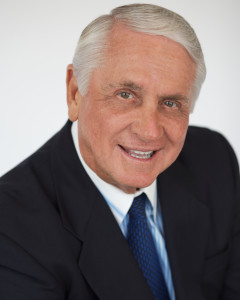 Intelligent Collector blogger JIM O’NEAL is an avid collector and history buff. He is President and CEO of Frito-Lay International [retired] and earlier served as Chairman and CEO of PepsiCo Restaurants International [KFC Pizza Hut and Taco Bell].
Intelligent Collector blogger JIM O’NEAL is an avid collector and history buff. He is President and CEO of Frito-Lay International [retired] and earlier served as Chairman and CEO of PepsiCo Restaurants International [KFC Pizza Hut and Taco Bell].

